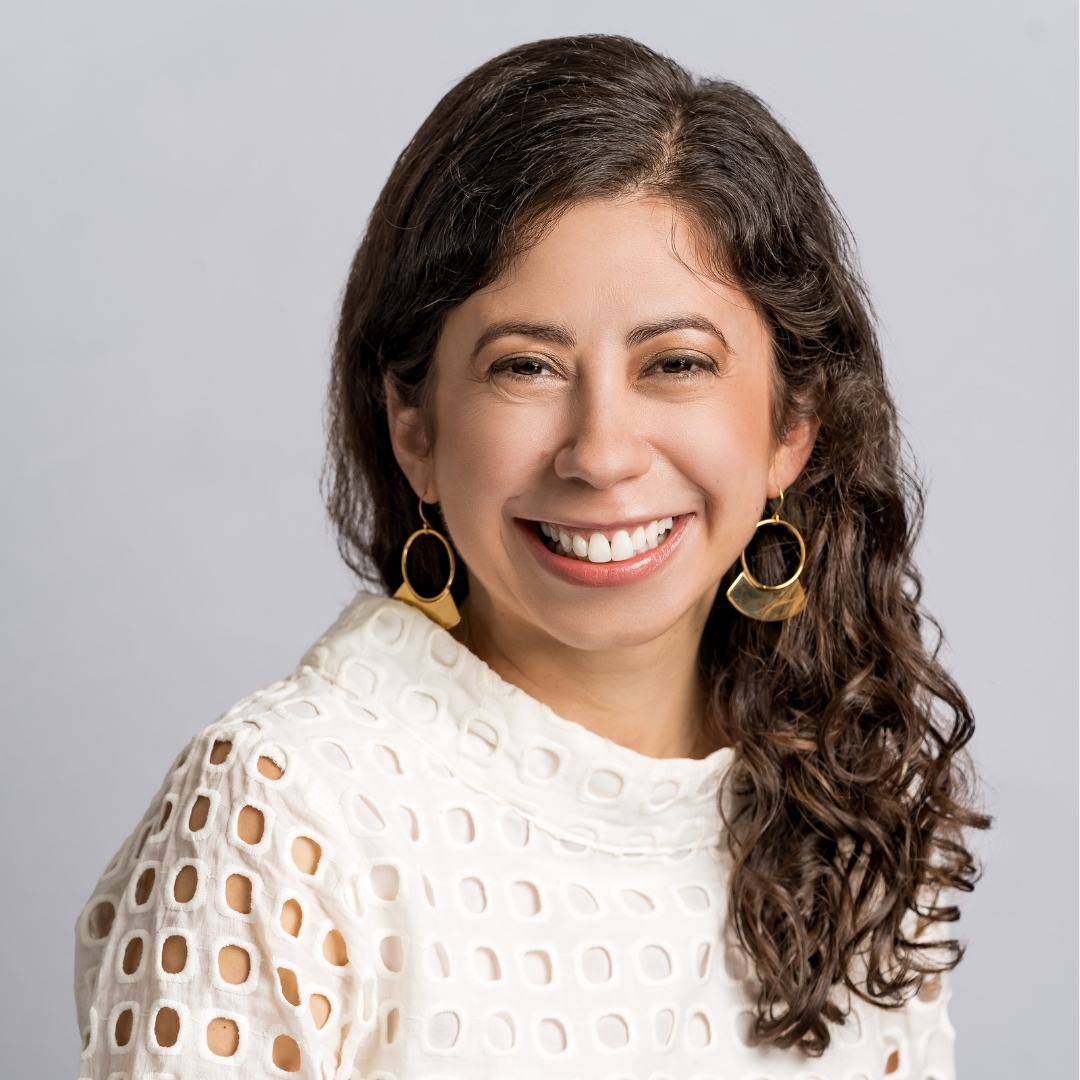Last week we learned that child poverty in the U.S. is decreasing for the first time since 2000. While that news is encouraging, it doesn’t tell us the whole picture of how children are faring.
Monday the U.S. Department of Education reported that there were 1,258,182 homeless students enrolled by U.S. preschools and K-12 schools in the 2012-2013 school year, which is a 8 percent increase from the previous year.
Contrary to what you might think, most homeless students do not live in shelters. Instead, they stay in hidden, precarious situations – such as in motels, or living with others temporarily because there is nowhere else to go. This is because often there is no family or youth shelter in their community, shelters are full, or shelter policies exclude them. These situations are chaotic, unstable, overcrowded, and often dangerous, resulting in negative emotional and health outcomes for children and youth, as well as putting them at risk of physical and sexual abuse and trafficking.
The good news is that under the McKinney Vento Education for Homeless Children and Youth Program, reauthorized in January 2002 as Title X, Part C, of the No Child Left Behind Act, requires school districts to immediately enroll homeless children and youth. The law also requires that, when in their best interest, schools ensure that homeless students can stay in the same school, and receive transportation. Every school must also designate a homeless student liaison to provide assistance and referrals.
This program is critical to the well being of homeless students, but unfortunately, homeless liaisons often face barriers to fully serving homeless students. First, the program is severely underfunded. It has never been allocated more than $75 million, and for the past several years it has remained flat at $65 million. Many school districts do not receive any funds to implement this program, and in 2012-2013 more than 800,000 homeless students were enrolled in school districts that did not receive a McKinney Vento subgrant.
Additionally, in a recent report the Government Accountability Office (GAO), homeless student liaisons reported that the differing definitions of homelessness used by the Department of Education and the U.S. Department of Housing and Urban Development posed a barrier to serving homeless students. This difference in definitions often prevented liaisons from collaborating with other service providers to address student needs and any obstacles they face.
Due to HUD’s narrower definition of homelessness, homeless students are often not able to access HUD services such as transitional housing and other wraparound services because HUD’s current definition of homelessness excludes children, youth, and families who are living in motels or temporarily with others because they have nowhere else to go.
Congress is attempting to address this issue through legislation. The Homeless Children and Youth Act (HR 5186/S 2653) would amend the U.S. Department of Housing and Urban Development’s definition of homelessness to include unaccompanied youth and homeless families who are certified by HUD Homeless Assistance Programs or public housing authorities as lacking a fixed, regular, and adequate nighttime residence, including those temporarily sharing the housing of others due to loss of housing, economic hardship, or a similar reason, or staying in a hotel or motel.
It would also include unaccompanied youth and families who are certified as homeless by the program director or designee under the following federal statutes: Runaway and Homeless Youth Act; Violence Against Women Act; Health Care for the Homeless Program; Education for Homeless Children and Youth program (McKinney-Vento education subtitle); Higher Education Act; Head Start Act, and Child Nutrition Act.
First Focus Campaign for Children, along with the National Association for the Education of Homeless Children and Youth (NAEHCY) and a coalition of other national, state, and local advocates, have been working hard to build support for the Homeless Children and Youth Act. In order to learn more and take action, please visit helphomelesskidsnow.org.
Cara Baldari is Senior Policy Director, Family Economics and Legal Counsel at the First Focus Campaign for Children
